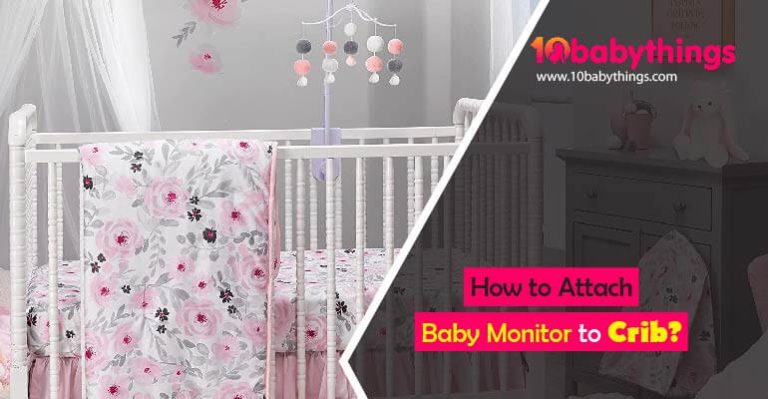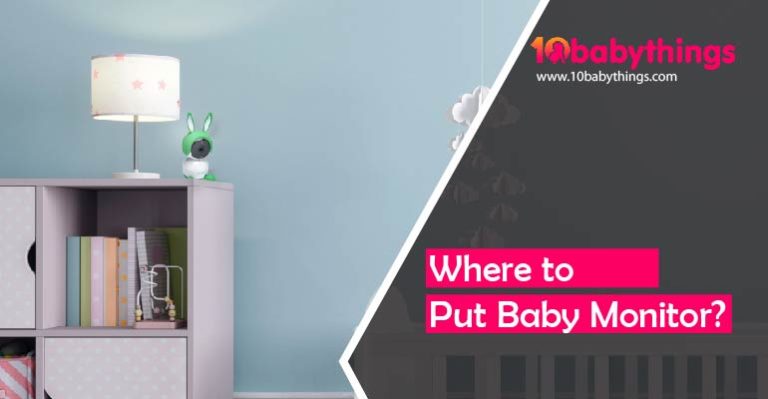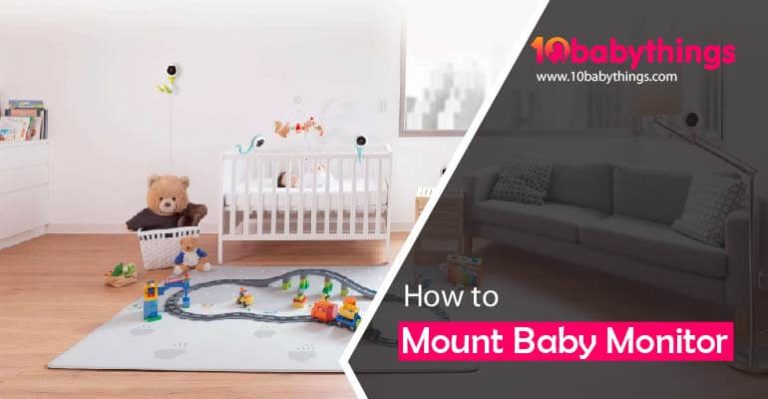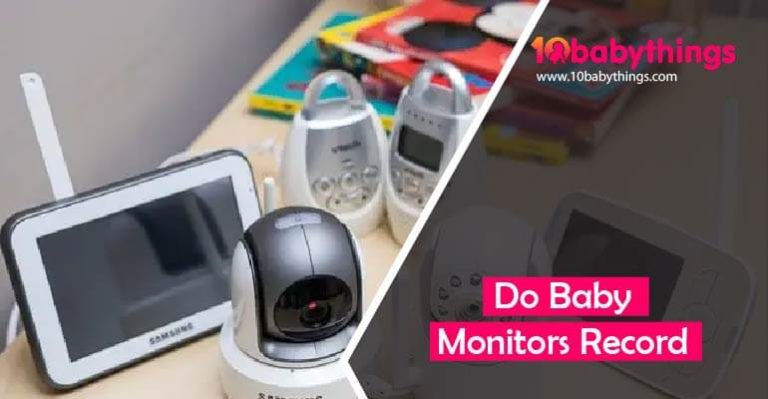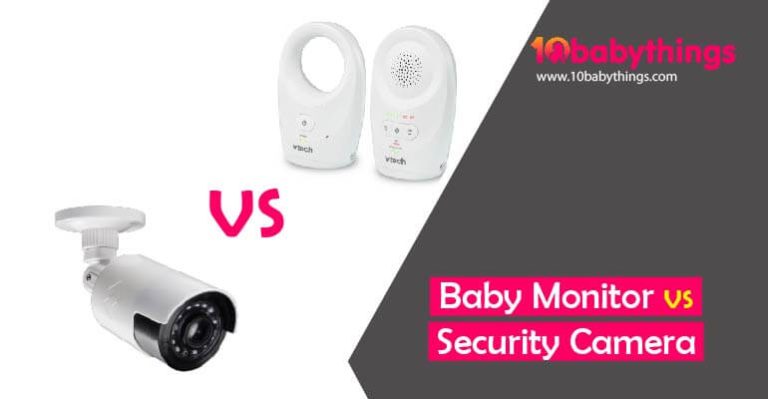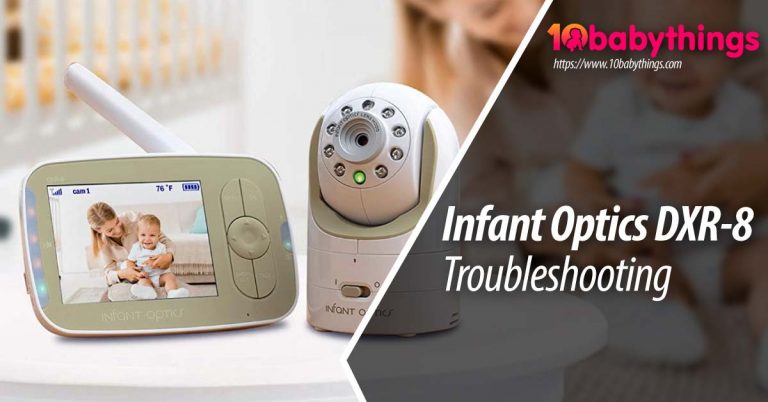How to Choose a Safe and Comfortable Baby Crib?
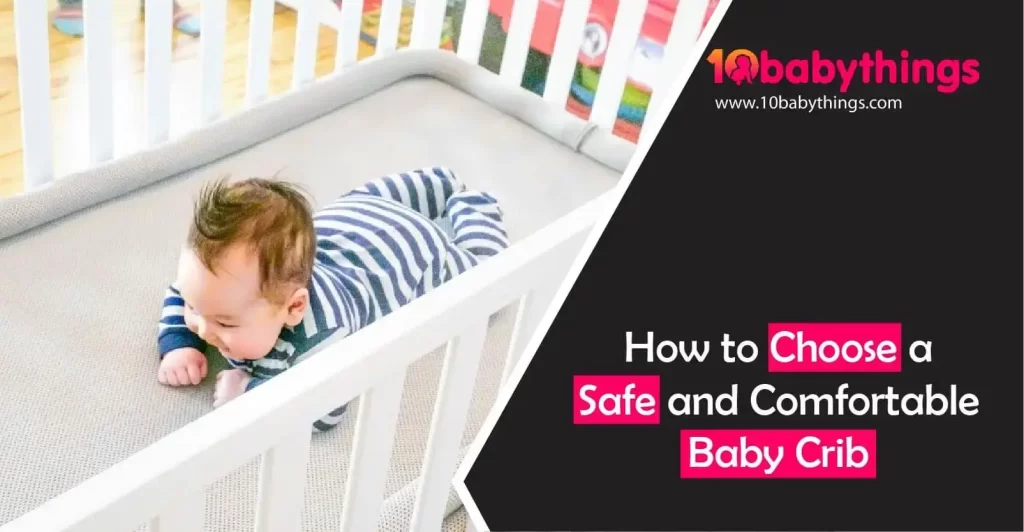
There are many factors to consider when choosing a baby crib, and safety is always the top priority. However, you also want to find a crib that is comfortable for your baby and that will fit in well with your home. In this blog post, we’ll share some tips on how to choose a safe and comfortable baby crib.
Be sure to keep safety in mind when selecting a crib for your child. It is important to ensure that it is up-to-date with safety standards, for example. Using previously owned pieces or gifts that you’ve received is especially important.
Despite the fact that antique cribs may look amazing, their spacing between the slats often does not meet the current safety standard of 2 3/8 inches or less, which is designed to prevent a baby’s head from getting caught. Additionally, an old layer of lead-based paint may be present in the finish. A Juvenile Products Manufacturers Association safety certification seal indicates that the furniture is safe for children.
Factors to consider: How to Choose a Safe and Comfortable Baby Crib?
When choosing a safe and comfortable baby crib, it’s important to consider the following factors:
- Safety Standards: Look for a crib that meets safety standards set by the Juvenile Products Manufacturers Association (JPMA), American Academy of Pediatrics (AAP), or the American Society for Testing and Materials (ASTM).
- Construction: Choose a crib that is sturdy and well-constructed, with no loose or missing parts. Make sure that the slats are no more than 2 3/8 inches apart, and that the corners and edges are smooth and free of any sharp edges or protrusions.
- Mattress fit: Make sure that the mattress fits snugly in the crib, with no gaps larger than two fingers between the mattress and the crib sides.
- Materials: Consider the materials used in the crib, such as the paint, finish, and hardware. Choose a crib that is made with nontoxic materials and that is free of any potential hazards.
- Size and style: Choose a crib that is the right size for your baby and that fits in with your home decor.
- Additional features: Some cribs come with additional features such as adjustable height, wheels, and can convert into a toddler bed. Consider whether these features would be useful for you and your baby’s needs.
- Price and warranty: Consider the price and warranty of the crib, and make sure that it is within your budget and that you are comfortable with the warranty offered by the manufacturer.
It’s always a good idea to research different brands and models of cribs, read customer reviews and consult with a pediatrician or other baby safety experts before making a final decision.
Types Of Cribs
There are a variety of crib types available on the market that vary in size and function. You’ll have to decide what you need, what’s in your budget, and what’s in your space.
1. Standard Size Crib
Your baby will have plenty of room to grow in these full-sized cribs. It’s perfect if you have a big nursery or a spacious bedroom for your baby. You should be able to lower the mattress height of your baby’s crib as he or she starts to grow and pulls up to standing.
Pros:
Standard cribs last longer than bassinets & bedside sleepers, so they’re a better investment in the long-run. Additionally, they provide enough room for a baby to grow, so you can rest easy once you set it up and until your kid is ready for their own bed.
Cons:
A standard crib occupies more space than a compact bassinet and costs more than a bassinet or playard. Once a crib is set up, standard-sized cribs are less portable than smaller and lighter sleep solutions such as bassinets and playards.
Who should get it
These cribs are ideal for families with ample space for a spacious crib or for those anticipating a growth spurt.
2. Convertible Cribs
Providing long-term convertibility, convertible cribs have become one of the most popular nursery furniture choices. In terms of size, these cribs look much like a standard crib. However, they are also convertible into three-in-one, four-in-one, five-in-one, or even seven-in-one cribs. Depending on the options available, they can be converted into day beds, toddler beds, or even full-size beds
Pros:
Your child’s needs will change over time, so convertible cribs provide long-term value. An investment in a 5-in-1 convertible crib will last your child until the age of young adulthood.
Cons:
There is a higher price tag associated with convertible cribs. The majority of convertible cribs need extra parts (toddler rail, conversion kits) to convert into toddler beds or full-size beds.
Who should get it
Those seeking a long-term solution and who do not wish to continually search for sleeping solutions.
3. Mini Cribs
As opposed to convertible cribs, mini cribs are smaller in size and have a smaller footprint. You can adjust the mattress height on most mini cribs according to your preferences. Many of these cribs can be converted into a mini daybed and twin bed, so they can be used for a very long time. You will only need a Universal Twin Size Rail and Bed Frame.
Pros:
With its compact design, it’s great for loft nurseries or co-sharing spaces. If a bassinet is too small for your child, and a crib is too large or expensive for you, these are excellent options in between.
Cons:
As mini cribs are smaller than convertible cribs of the same size, your child may outgrow them before they are ready to move on to a toddler bed.
Who should get it
Those living in apartments and wishing to convert a small space into a nursery may benefit from a mini crib. It is also popular with expectant mothers and parents who wish to share a bedroom with their children.
4. Portable/Folding Cribs
It is possible to purchase a portable crib in either a large size or a smaller size, such as a mini crib. As opposed to regular and mini cribs, these cribs have wheels, are easy to fold, and can be stored flat.
Many of these cribs include a 1-1.5 inch mattress pad as well as multiple mattress height settings. Some of these cribs may even be converted into diaper changing stations or playpens. The wheels of the crib are usually locked when it needs to be stationary.
Pros:
If you need a portable crib for travel, these are perfect. Ideal for traveling families or grandparents visiting you. These cribs are ideal for smaller spaces or when you need flexibility in the crib’s placement.
Cons:
When a baby outgrows the crib, parents will have to buy a toddler bed or consider alternative sleeping arrangements, unlike convertible cribs. A good quality locking mechanism will need to be installed on the wheels, as well as a robust mechanism for folding that doesn’t collapse. Due to this, we recommend that parents read reviews of different brands and select one that has a high rating and is widely trusted.
Who should get it
Portable cribs are perfect for apartment dwellers and those requiring flexibility and ease of storage. When not in use, they can also be easily stored away for daycare centers and grandparents.
5. Multi-Functional/Multi-Purpose Cribs
Parents who prefer to purchase one piece of nursery furniture. Ensure that the baby has a sleeping area and a place to store their belongings. This attached changing area makes diaper changing (which occurs frequently during the first year) easy and convenient.
Pros:
Although multi-functional cribs are larger than standalone cribs, they are an all-in-one solution for a baby’s nursery and provide organization. An attached changing area may be attached to the crib, as well as drawers or open shelves beneath.
After the baby outgrows the crib, it can be converted into a toddler bed, full-size bed, and the changing unit becomes a nightstand.
Cons:
As the largest cribs, they require a considerable amount of space, so they may not be the right choice for a small room. You should check the crib’s dimensions, changing area, and storage shelves separately to ensure that they meet your needs. Some attached changing areas may be small, so check all three separately.
Who should get it
Parents can provide their infants with both a sleeping area and storage space by investing in nursery furniture. It is very convenient and easy to change diapers during the first year since the changing area is attached.
6. Round Cribs
If you have a small space, oval or round cribs may be a better choice than regular, rectangular cribs. There is no doubt that these cribs are attractive and have a small footprint. A round or oval crib provides ample room for your baby even though it is not as spacious as a full-size crib.
Pros:
In terms of crib placement and design, they provide parents with a lot of freedom. Its small footprint makes it suitable for co-sharing.
Cons:
It may be difficult to find a mattress and mattress sheets for these mattresses since they are not very popular options. Additionally, they can be quite expensive.
Who should get it
Round and oval cribs are particularly popular among parents who adore their dreamy, fairytale aesthetic.
7. Bassinets/Cradles/Bedside Sleepers
For the first four to five months after the baby’s birth, bassinets, cradles, and bedside sleepers work well. The baby can use them until they roll over and begin to push up on their hands and knees.
Besides being portable, they can be used anywhere in the house and are ideal for traveling as well. With bedside sleepers, mom can nurse without getting out of bed while her baby is rocked gently by cradles.
Pros:
Parents can keep their baby close by and they are quite affordable. Their ease of use, portability, and ease of transportation make them ideal for travel.
Cons:
Once your baby outgrows the bassinet or cradle, they will need to move to a bigger crib.
Who should get it
Moms recovering from difficult pregnancies and/or deliveries will particularly benefit from bassinets. For parents who want to keep their baby close during those early months, this is a good choice.
8. Playards
Aluminium frames and mesh sides are typical features of playards, which are lightweight and portable. There are many playards that include a mattress pad or a padded floor.
Pros:
Setup and packing is a breeze, and it’s compact and lightweight, which makes it ideal for travel.
Cons:
Unlike a crib, it cannot be used as your baby’s primary sleeping surface
Frequently Asked Questions
During the second trimester, most parents begin to research cribs and purchase them towards the end of the trimester or during the third trimester. Our recommendation is to have the crib and nursery set up by the 7th or 8th month (at least the most essential parts).
Your baby can generally use a crib until he or she is 1.5 to 2 years old. There’s nothing wrong with using the crib as long as it’s spacious and safe for your child.
At 35 inches (89 centimeters) tall, your child is big enough to climb over the crib railings – even with the mattress in its lowest position – so you should transition to a toddler bed at that point.
When parents start looking at cribs, they often have a budget in mind. It is not uncommon for cribs to cost between $100 and $1000.
Even though wood quality and craftsmanship may differ from crib to crib, all cribs must pass safety standards set by the federal safety agency. Several factors influence the choice of the crib you make, including your vision for the nursery, your aesthetic preferences, its convertibility, and its affordability.

